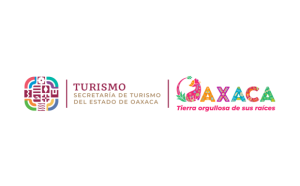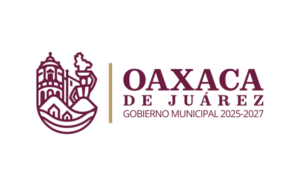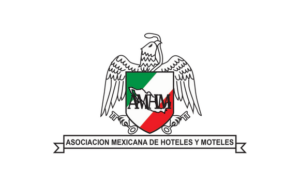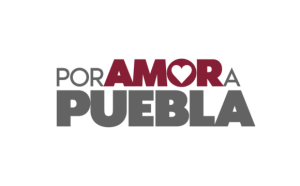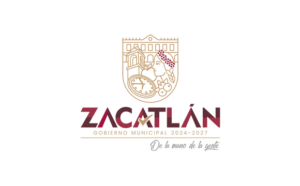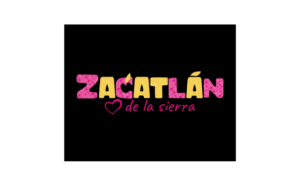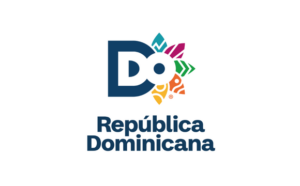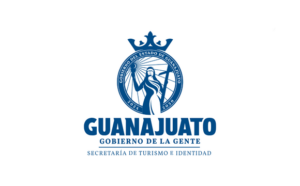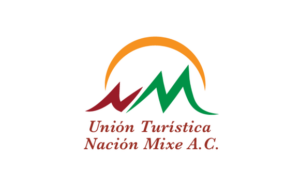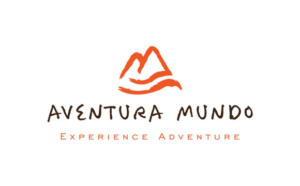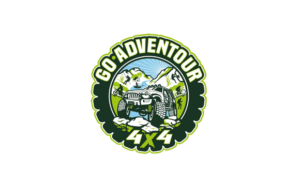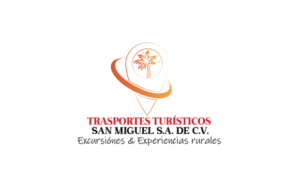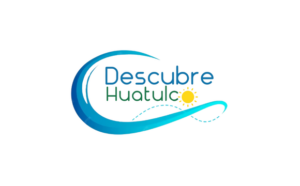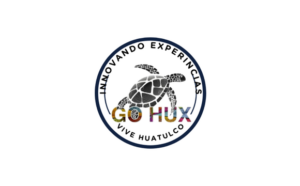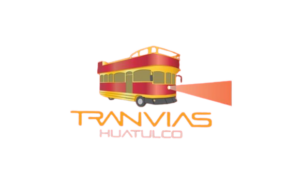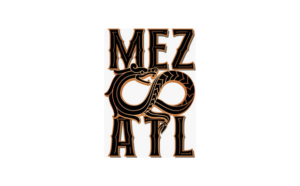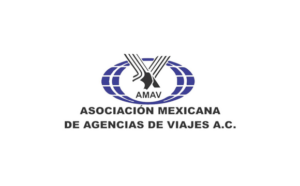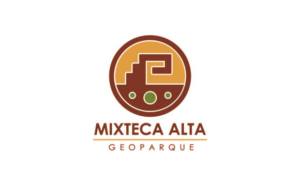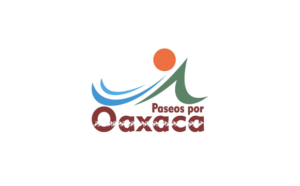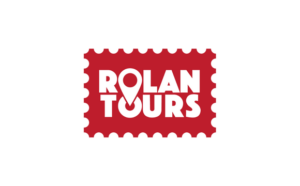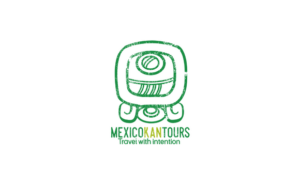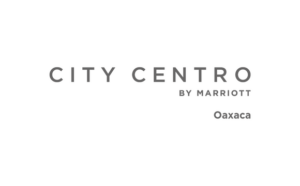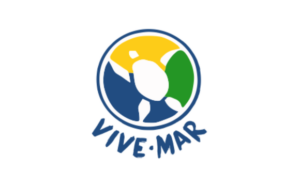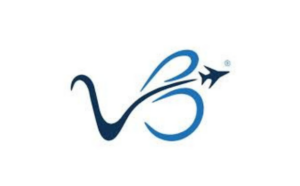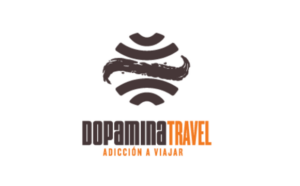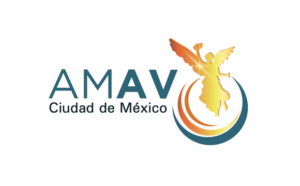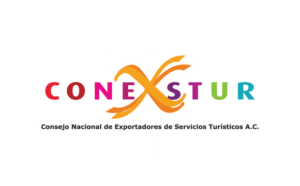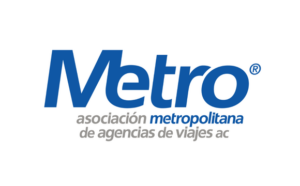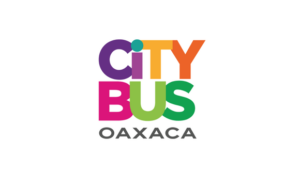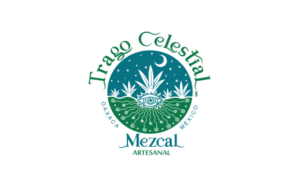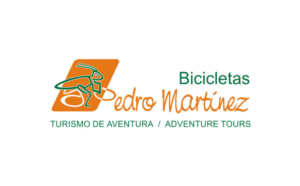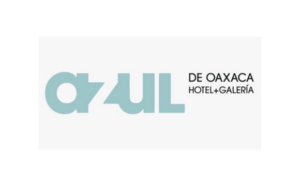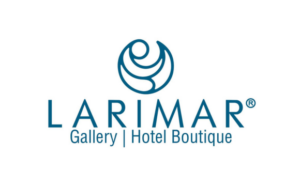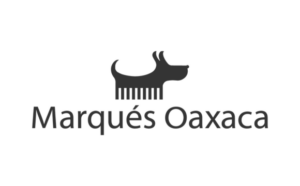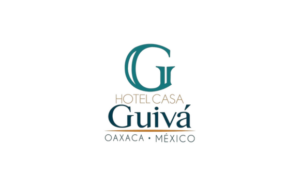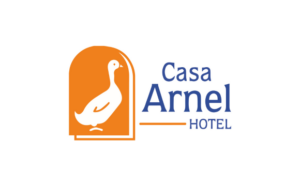We can define risk as the probability of a mishap happening, of someone or something suffering damage.
It is imperative to implement risk management systems, among other things to reduce the number of incidents, to create a safe environment in our organization, as protection against lawsuits, to protect our reputation but mainly to sleep peacefully at nigth… ..
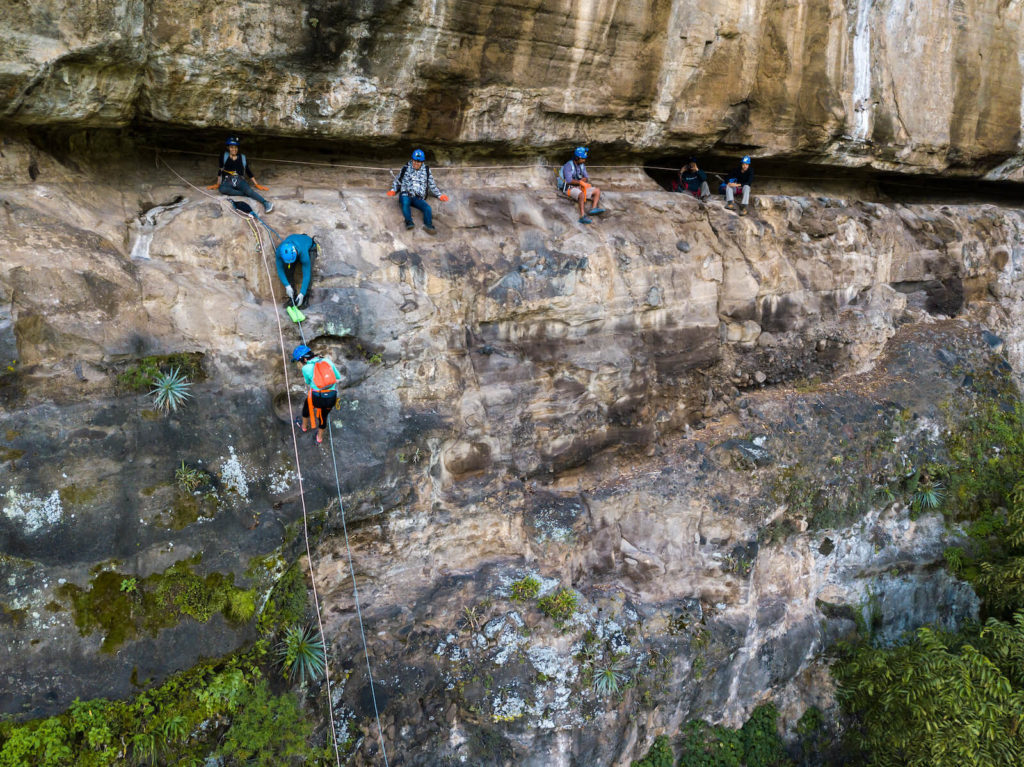
Stages of a risk management system, and where is our organization located?
- Pathological: Who cares as long as nobody finds out.
- Reactive: Safety is important, a lot is done when something happens.
- Calculator: Systems are in place to address the most important risks
- Proactive: Work on the problems and risks that continue to be identified
- Cultural: RMS is present throughout the company
At each stage the organization is increasingly informed and its responsibilities are increasing, all this generating a direct benefit for all users.
The steps to follow to implement a risk management system are the following:
- Identification
- Management through prevention and training
- Implementation of security procedures
- Registration and monitoring
Identification:
There are many sources of information that help us to identify potential risks as: Government alerts, international news, national news, local news, travel agents, tour operators, drivers, other guides, company, friends, common sense.
Management:
Once all the risks are identified, it is time to make decisions about how to deal with each risk:
Reduce the likelihood of it happening through training and implementation of new security measures.
Transfer the risk. (Hire specialists)
Take the risk (ALWAYS consult with the insurer)
Do not take the risk. (replace or eliminate the activity)
Implementation of security procedures:
These can be many and preferably, each procedure should be adjusted to each activity and risk individually, some examples of general procedures can be: Security checks to our vehicles and equipment prior to each activity, safety briefings with our clients prior to each activity, personal talks with our operators to identify if they are tired or sleepless.

Registration and monitoring:
Each incident, each action taken to mitigate any risk, each action taken to prevent or correct a risk situation, must be recorded, as well as monitoring the effectiveness of its solution, this in order to make sure that our actions had positive effects, some examples of registration and monitoring actions can be: quality questionnaires for clients, quality reviews with guides, review of operating procedures, review of contingency plans, feedback with suppliers
Implement identification systems and risk management should be a priority for each of the actors involved in the adventure tourism industry.









